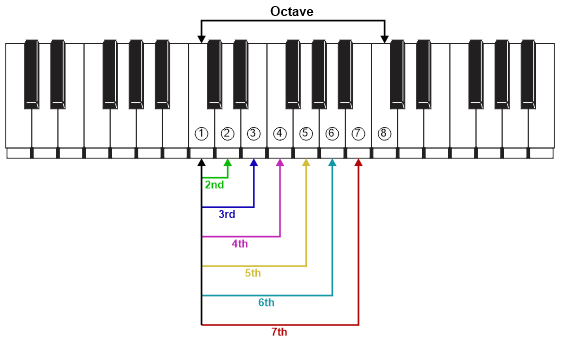What Songs are We Singing?! Thank you Glenna Lasater for your wonderful perspective on this subject!
May I just say that I think that the whole debate between old and new gospel music is silly. We are worship leaders. Our job is to lead God’s people into worship—not just the young people—not just the old people—but the entire church.
Music is a thing that ticks in emotion with the experiences in your memory. Your experience may have happened decades ago, yet it feels like just yesterday when you hear a certain song. You start to sing those lyrics and it transports you back to that moment when you were at the altar of repentance. We want to stir up those memories. We need to remember where God brought us from!
The reason there are fewer songs about the Lord’s return is because there has been less preaching about the Lord’s return. The Word of God inspires musicians to write songs. The new songs are written about what they are hearing preached just as the older songs were written about what they were hearing preached.
It is important that our young people hear the powerful songs about Heaven and the rapture, but that does not mean that there is no value in the worship songs written today. It is not a competition—us against them. We are all God’s people!
I think the ideal worship service would be a blend of both the old and new so that we can reach everybody. So that we can take everybody back to that moment in their lives. We must get out of the way so that God can do a mighty work in HIS church.
The Bible tells us to sing a new song, but it does not tell us to quit singing the old, familiar songs. If you put this conversation into God’s timing, these are all new songs. What all musicians pray for is harmony. How can we have harmony if we are creating discord?
If you do not like the content of the current music, then pray for preaching that takes us to a new depth in our understanding, a deeper love, and an urgency that brings us to a place of repentance.
Forget about genres. We do not want to be segmented into being a worship leader for a certain age group. That divides the church. Instead, look at the lyrics without the music? Do the lyrics speak to you, or make you go “hmmm?” Then, when you sing those lyrics, sing them as though they mean something to you. This will help create new memories, and new experiences for those that hear you.
These songs are creating those memories right as you sing and it is a beautiful thing to be a part of that. Years later, your music will take them back to this very moment immediately.
Ministering in song goes beyond us singing each verse two times and the chorus three times. We have to be in tune with the Spirit of God so that we don’t interrupt the flow. We have to make those opportunities for God to move.
Thanks for reading my ramblings. Go be a blessing!
Glenna Lasater, West Valley City, Utah


